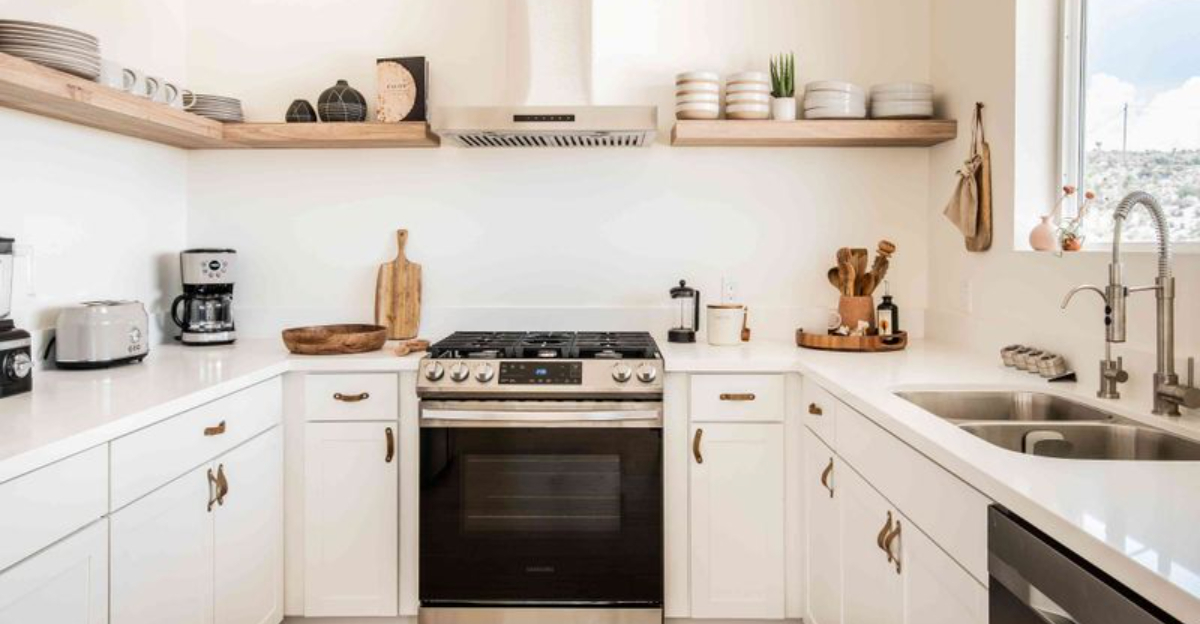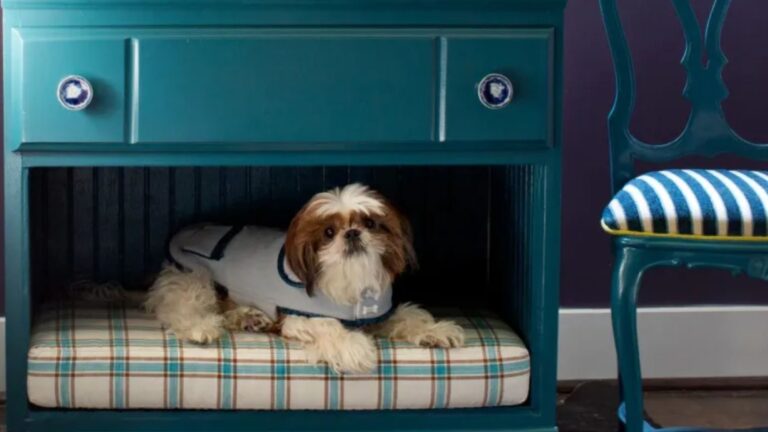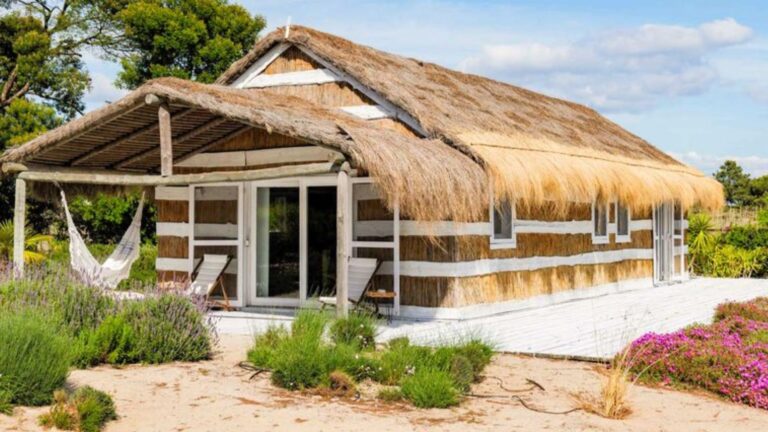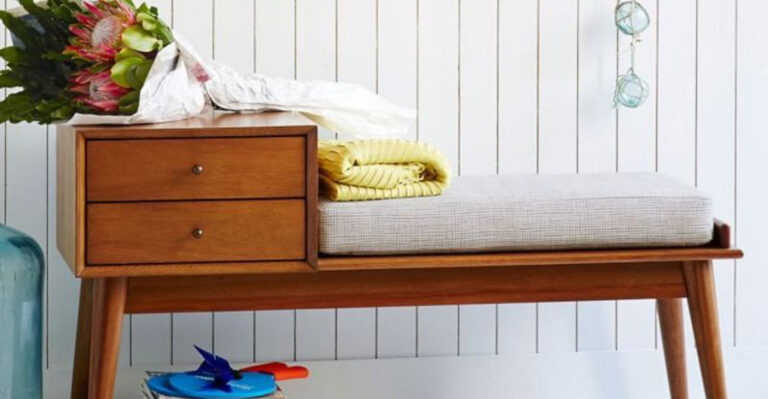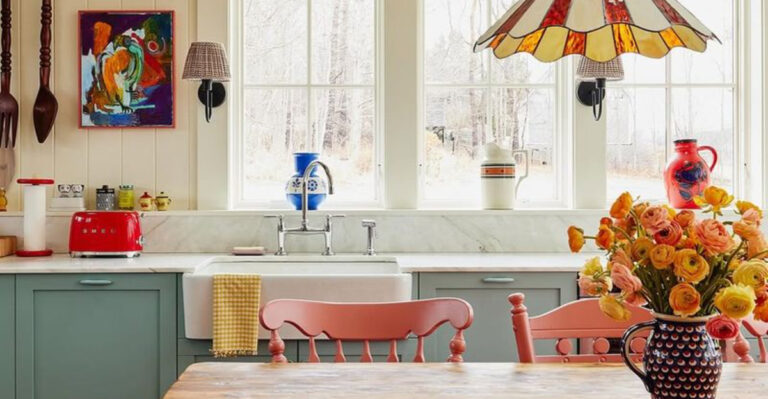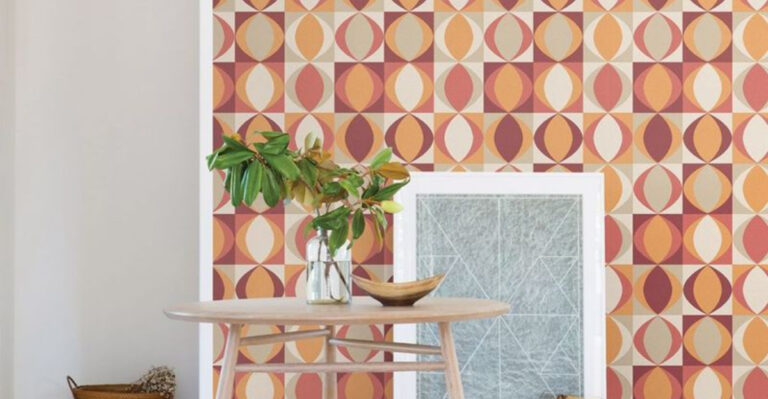10 Home Upgrades Retirees Should Never Make (Plus 7 Upgrades To Consider)
Retirement is the perfect time to turn your home into the cozy, comfortable retreat you’ve always wanted, but not every renovation is worth your hard-earned savings.
I’ve seen friends pour money into upgrades that looked great but didn’t make daily life easier or add any real value. The key is picking projects that boost comfort, improve accessibility, and keep future resale in mind.
Whether you’re hoping to age in place or just want a space that truly feels like home, these tips will help you make smart, rewarding choices for your retirement years.
1. Luxury Swimming Pools Are Money Pits

Installing a swimming pool might seem like retirement paradise, but these watery wonders typically return less than 25% of their installation cost at resale time. The average pool costs $35,000-$65,000 upfront, not counting yearly maintenance expenses.
Many retirees underestimate the physical work and financial drain of pool upkeep. Between chemicals, cleaning, repairs, and higher insurance premiums, you’re looking at $3,000-$5,000 annually. For occasional swimming, consider community pools or swim clubs instead.
2. Wall-to-Wall Carpeting Causes Mobility Hazards

Plush carpeting creates tripping hazards and mobility challenges that become increasingly dangerous as you age. Thick pile carpets can catch walker or wheelchair wheels, making navigation frustrating and potentially dangerous.
Carpet edges often curl over time, creating perfect spots for catching toes or cane tips. Spills and stains become harder to clean thoroughly, potentially creating hygiene issues.
The maintenance demands increase just as your energy for housekeeping may decrease. Vacuuming becomes more physically taxing precisely when you need easier-care flooring solutions.
3. High-Maintenance Landscaping Becomes Overwhelming

Those elaborate English gardens and pristine hedgerows might fulfill your landscaping dreams, but they quickly transform into maintenance nightmares. Extensive gardens require constant weeding, pruning, fertilizing, and watering—physical tasks that become more challenging with age.
Hiring professional landscapers to maintain complex outdoor spaces costs $200-$500 monthly, eating into fixed retirement incomes. Weather extremes can damage delicate plantings, requiring expensive replacements.
Many retirees find themselves unable to enjoy their elaborate gardens because they’re too busy maintaining them!
4. Sunken Living Rooms Create Fall Risks
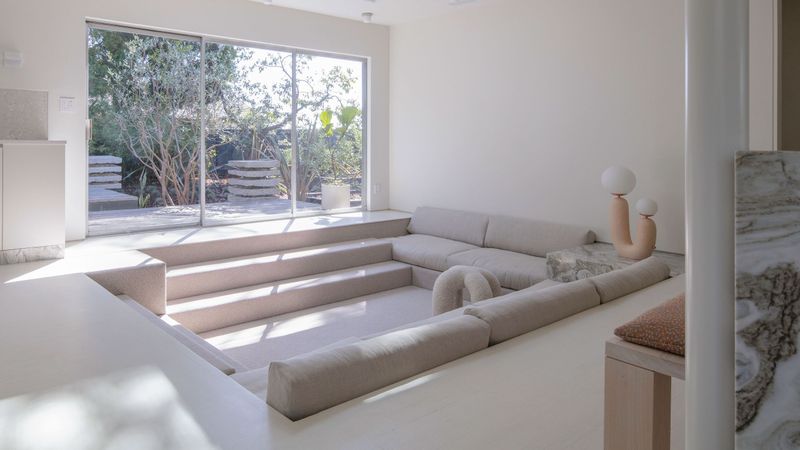
Sunken living rooms might look stylish in design magazines, but they’re practically designed to cause accidents for aging homeowners. Even a single step down can become a serious hazard, especially in low lighting or for those with declining vision.
Unexpected level changes in homes account for thousands of falls among seniors annually. If mobility becomes limited, these trendy design features effectively cut off entire sections of your home.
Retrofitting sunken rooms later costs significantly more than choosing single-level designs from the start. Smart retirees opt for open, single-level floor plans instead.
5. Trendy Kitchen Gadgets Waste Precious Space
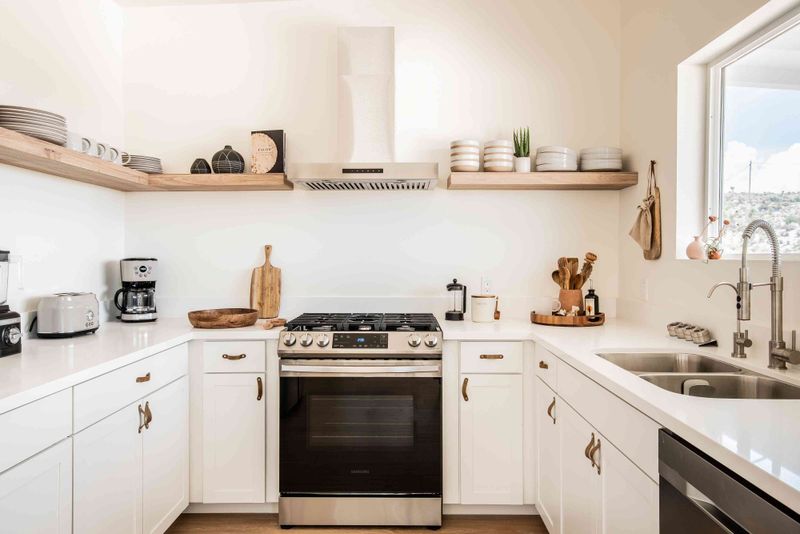
That fancy sous vide machine and industrial pizza oven might seem exciting now, but specialty kitchen gadgets often collect dust while hogging valuable storage space. Retirement kitchens work best when focused on accessibility and practicality rather than following passing fads.
Countertop real estate becomes increasingly valuable as you age. You’ll want clear workspaces at comfortable heights rather than cluttered surfaces requiring constant rearrangement.
Many retirees find their cooking habits simplify over time, making elaborate specialty equipment unnecessary. Invest in quality versions of everyday tools instead.
6. Whirlpool Tubs Become Unused Monuments

Whirlpool tubs sound luxurious but frequently become expensive dust collectors. The high sides make entering and exiting increasingly difficult with age, creating safety concerns that outweigh relaxation benefits.
These tubs consume enormous amounts of hot water, significantly increasing utility bills. Many retirees report using their whirlpool tubs just a handful of times before abandoning them entirely.
The jets require regular cleaning and maintenance to prevent mold and bacteria buildup—another chore you probably don’t need. A walk-in shower with a bench and handheld sprayer offers more practical luxury.
7. DIY Electrical Work Sparks Danger

Attempting to save money through DIY electrical projects can lead to shocking consequences—literally! Improper wiring creates fire hazards and safety issues that could endanger your retirement haven.
Insurance companies may deny claims for damages resulting from non-professional electrical work. This potential financial disaster far outweighs any initial savings from doing it yourself.
Professional electricians understand current building codes and safety requirements that DIYers often miss. This is one area where hiring qualified professionals isn’t just safer—it’s ultimately more economical.
8. Steep Decorative Staircases Become Obstacles
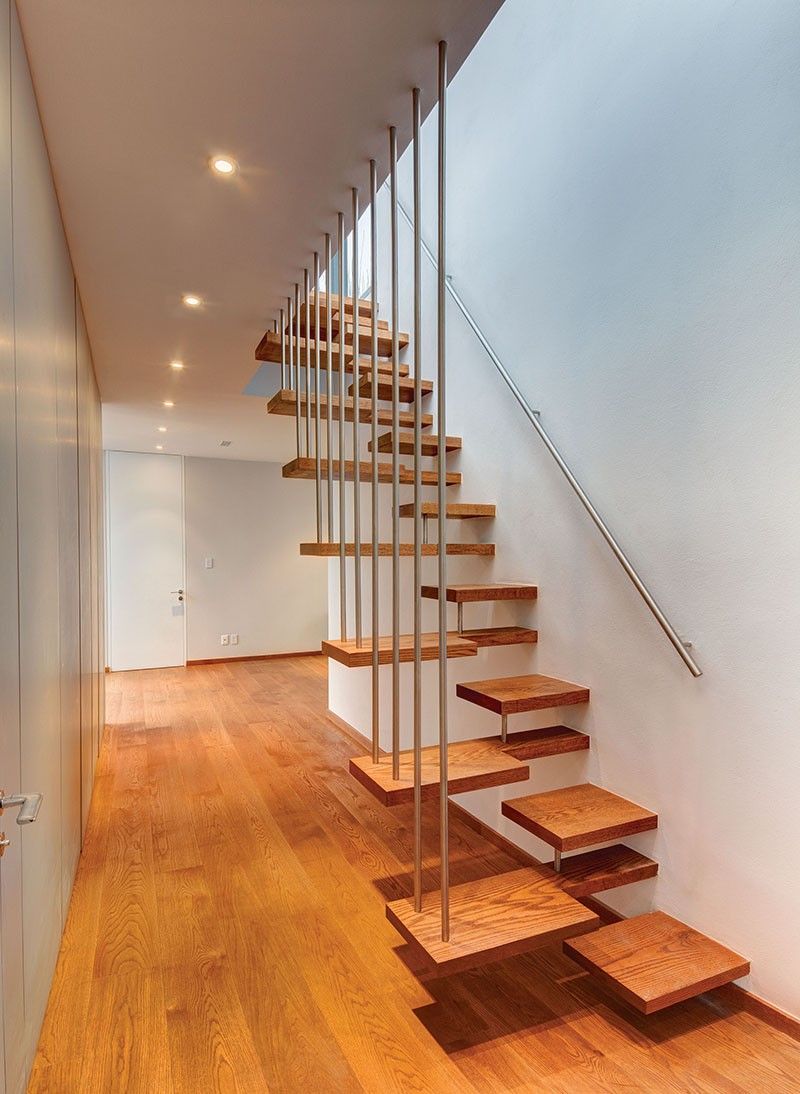
Dramatic spiral staircases or steep, narrow steps might add architectural interest, but they quickly become mobility nightmares. Navigating these showcase features becomes increasingly difficult with age, potentially cutting off access to entire portions of your home.
Retrofitting staircases with chairlifts can cost $3,000-$15,000 and may not work with particularly narrow or curved designs. Many retirees eventually find themselves essentially living on just one floor of their multi-level homes.
Better alternatives include gentle, straight staircases with secure handrails on both sides or single-level living arrangements.
9. High-Maintenance Countertops Require Constant Care

Marble countertops might scream luxury, but they whisper “constant maintenance” every day thereafter. These porous surfaces stain easily from common kitchen items like coffee, wine, and acidic foods—creating endless upkeep headaches.
Natural stone requires regular sealing to maintain its appearance. This task becomes physically challenging as you age, involving careful application and strong-smelling chemicals.
Quartz alternatives offer similar aesthetics with drastically reduced maintenance requirements. They resist staining, don’t need sealing, and handle everyday kitchen activities without special care routines.
10. Oversized Houses Become Maintenance Burdens
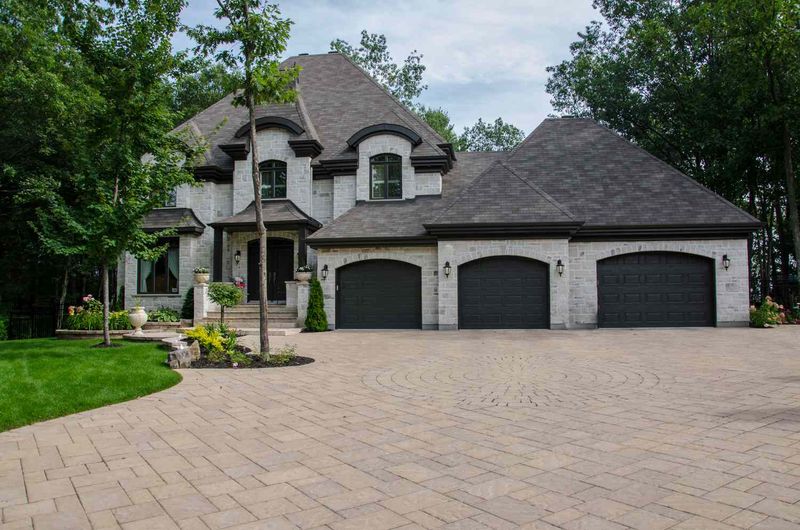
Expanding your home might seem appealing with newfound retirement freedom, but bigger isn’t better when it comes to aging in place. Each additional square foot represents more space to heat, cool, clean, and maintain—all as your energy and mobility naturally decline.
Larger homes mean higher property taxes, insurance costs, and utility bills eating into fixed retirement incomes. Many retirees find themselves effectively living in just a few rooms while paying to maintain entire unused sections.
Smart sizing—not necessarily downsizing—focuses on quality, accessible space rather than sheer square footage.
11. Smart Home Grab Bars Provide Stylish Safety

Modern grab bars have undergone serious style upgrades! Today’s options come in brushed nickel, matte black, and decorative finishes that complement bathroom aesthetics rather than screaming “nursing home.”
Strategic placement near toilets, showers, and steps prevents falls without sacrificing style. Some models cleverly double as towel bars or shower shelves, providing functionality while remaining discreet.
Installing grab bars costs $100-$300 per bar including professional installation—far cheaper than medical bills from a single fall. This small investment dramatically increases bathroom safety while maintaining home value.
12. Curbless Showers Eliminate Bathroom Barriers

Zero-threshold showers remove the most dangerous bathroom obstacle—the tub edge or shower curb that causes countless falls. These elegant, spa-like installations allow easy access whether you’re fully mobile or using assistive devices.
Water containment happens through subtle floor slopes rather than physical barriers. This design creates a seamless, modern aesthetic that appeals to all ages while providing practical benefits for seniors.
Adding a bench and handheld shower head creates the ultimate accessible bathing experience. These features benefit everyone, from athletes with sore muscles to grandparents with mobility challenges.
13. Motion-Sensor Lighting Prevents Nighttime Falls

Nighttime navigation becomes safer with strategically placed motion-sensor lights. These smart fixtures automatically illuminate hallways, bathrooms, and staircases when movement is detected, preventing dangerous fumbling for switches in the dark.
Battery-operated options install without wiring, making them perfect for rentals or homes where electrical work isn’t practical. Under-cabinet lighting in kitchens and bathrooms provides gentle illumination for midnight snacks or bathroom visits.
The energy efficiency of these systems means they cost pennies to operate while potentially saving thousands in medical expenses from prevented falls.
14. Kitchen Drawer Organizers Reduce Bending

Reorganizing kitchen storage can dramatically reduce the physical strain of meal preparation. Pull-out drawers and organizers bring items to you rather than forcing uncomfortable bending and reaching into deep cabinets.
Vertical dividers keep baking sheets and cutting boards accessible without unstacking. Drawer-based spice organizers eliminate the need to reach high shelves or bend for lower cabinets.
These modifications cost $30-$300 depending on quality and can often be installed without complete kitchen renovation. The ergonomic benefits reduce joint strain and make cooking more enjoyable throughout retirement years.
15. Comfort-Height Toilets Ease Bathroom Struggles

Standard toilets sit at an uncomfortably low 15 inches, while comfort-height models measure 17-19 inches—the same height as typical dining chairs. This seemingly small difference makes a tremendous impact on joint comfort and independence in the bathroom.
Rising from a higher toilet requires 30% less knee and hip strain. Many users report this simple upgrade eliminates the need for separate grab bars or toilet frames.
Replacing a toilet typically costs $200-$600 including installation and provides immediate daily benefit. This upgrade appeals to users of all ages while particularly benefiting those with joint issues.
16. Lever-Style Door Handles Simplify Daily Tasks
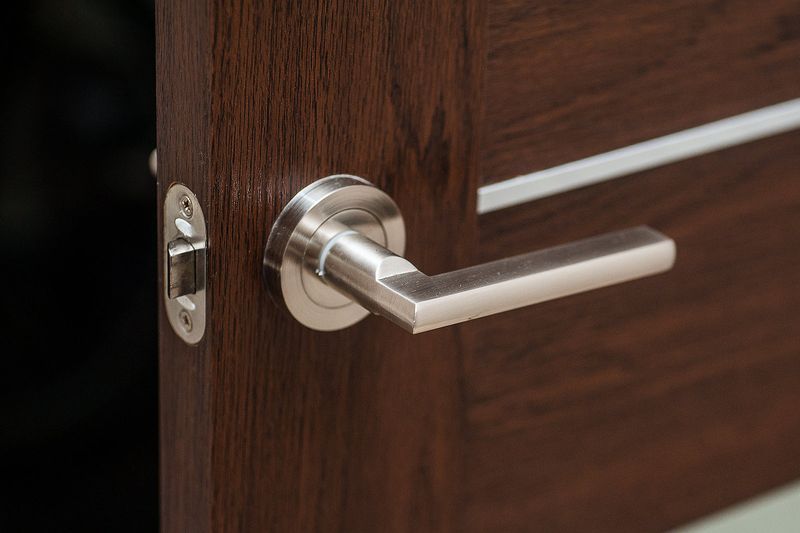
Round doorknobs become surprisingly challenging with arthritis or reduced hand strength. Lever-style handles allow doors to be opened with an elbow, wrist, or even hip when hands are full or painful.
Changing handles costs $20-$40 per door for DIY installation or $100-$200 if professionally installed. The sleek, modern appearance of lever handles actually updates your home’s look while improving functionality.
This simple modification eliminates daily frustration without screaming “senior modification.” It’s equally appreciated by children, adults carrying groceries, and seniors with hand limitations.
17. Smart Home Technology Enhances Independence

Voice-controlled systems like Amazon Echo or Google Home connect with smart appliances, thermostats, and lighting to create homes that respond to verbal commands. Adjusting temperature or turning off forgotten lights becomes effortless, even with mobility challenges.
Video doorbells provide security while eliminating the need to rush to the door. Automated medication reminders help maintain health routines without constant calendar-checking.
Many systems can be monitored by family members through apps, providing peace of mind without intrusive check-ins. The technology learning curve is worth the independence these systems provide.

